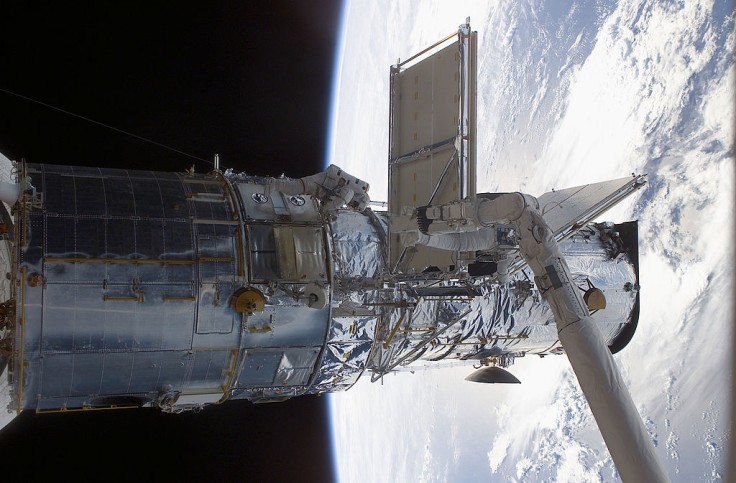
The latest photo captured by the NASA Hubble camera gives space fans an interesting view of how galaxies interact and starts are born.
The said image shows a cosmic tug-of-war between galaxies NGC 2444 and NGC 2445.
NASA Hubble Camera Captures Stunning Photo of Cosmic Tug-of-War
The NASA Hubble image uploaded on Tuesday showed a stunning photo of a cosmic tug-of-war between two galaxies, known as Arp 143.
How’s this for 2/22/22?
— Hubble (@NASAHubble) February 22, 2022
A cosmic tug-of-war between two galaxies known as Arp 143 plays out in a new Hubble image.
The galaxy on the right has pulled gas from its companion, forming a “triangle” of bright star formation: https://t.co/v05tjsrXYI pic.twitter.com/sKr1bbKAJs
As of writing, the said NASA Hubble image has accumulated more than 1,000 likes and above 200 retweets on Twitter.
To further emphasize the discovery, the space agency explained that Arp 143 consists of two galaxies: the star-forming spiral galaxy NGC 2445 on the right and the NGC 2444 on the left.
Explaining the occurrence on the right side of the picture, astronomers believe that these galaxies may have crossed into each other, creating an unusual star-formation firestorm in NGC 2445, where thousands of stars are being born.
Unfortunately, it has yet to overcome the gravitational clutches of its companion NGC 2444, which appears to be winning the cosmic tug-of-war beating its neighboring galaxy.
For those who are curious to know about the triangle shape, NASA clarified that NGC 2445 has been drained of its gas, resulting in the bizarre triangle of freshly formed stars.
Julianne Dalcanton, astronomer of the Flatiron Institute's Center for Computational Astrophysics in New York, explained that this celestial event is one way of making rings of new stars.
Dalcanton added that star formations are not uncommon, but what makes it unique is the triangle of star formation.
"Part of the reason for that shape is that these galaxies are still so close to each other and NGC 2444 is still holding on to the other galaxy gravitationally. NGC 2444 may also have an invisible hot halo of gas that could help to pull NGC 2445's gas away from its nucleus," the astronomer elaborated.
Read Also : 10 Things to Know About the Curiosity Rover
Galaxy Collision
According to Sloan Digital Sky Survey (SDSS), several galaxies are discovered in clusters or grouping, which simply means that galaxy collision is not surprising since they are relatively close together.
For instance, the Milky Way and the Sagittarius Dwarf Galaxy are colliding.
Moreover, even if galaxies do not collide, they can nevertheless have an impact on each other. When two galaxies pass close enough together, the gravitational pull they exert on one another can bend both galaxies out of shape.
On the other hand, it is worth noting that stellar collisions are extremely rare since stars in each galaxy are much farther apart.









